80s Sci-Fi Classic Is The Only Movie To Get Hollywood Needle Drops Right
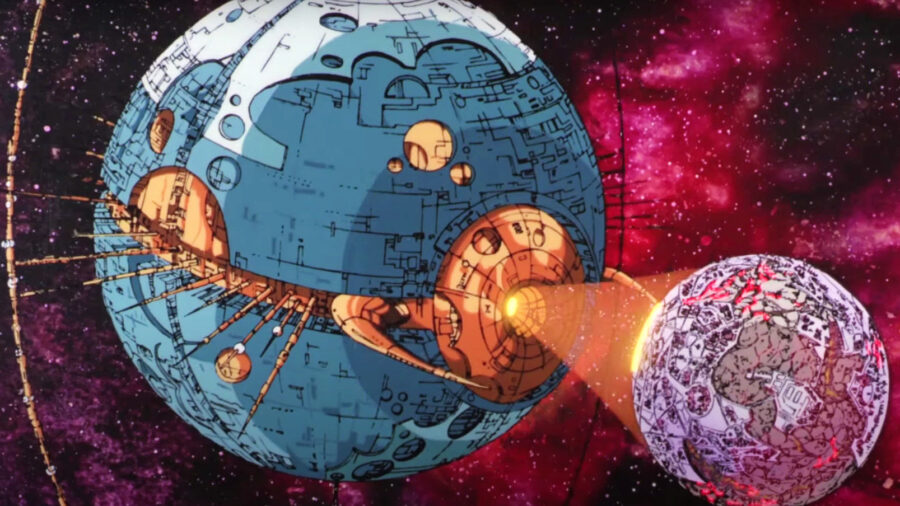
There are many reasons the 1986 film The Transformers: The Movie is still the best piece of media the franchise ever created, including the great use of music. I’m not just talking about having great songs, although it’s true that you’ll be singing some Stan Bush lyrics in the shower for a week (at minimum) after the credits roll. The movie also uses needle drops in an absolutely flawless way that puts modern Hollywood films to shame.
What Is A Needle Drop?

Speaking of shame, I won’t dunk on you if you’re young enough to be asking, “What’s a needle drop?” right now. The name is an old-timey term for placing licensed music inside the scenes of a film in order to enhance everything from story to character arcs. It’s called a needle drop in reference to dropping a needle on a vinyl record to play music, which is the kind of vintage musical throwback slang that Transformers like Soundwave and Blaster can really appreciate.
Optimus Prime Gets The Perfect Theme Song
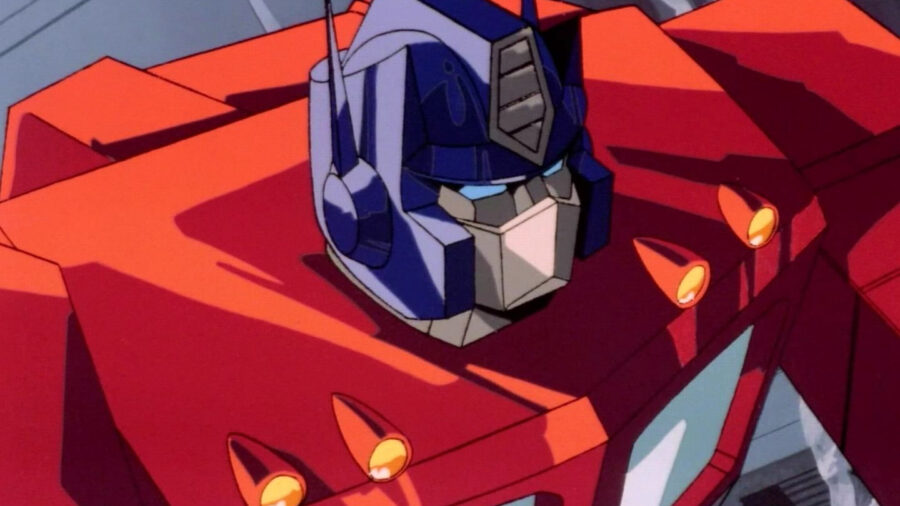
One of the ways that Transformers: The Animated Movie gets needle drops perfect is by tying banger songs to particular characters. The Stan Bush classic “The Touch” is established as the Optimus Prime theme early on when it plays during his dramatic attack on invading Decepticon forces. After Hot Rod snags the Matrix of Leadership from the evil Galvatron and transforms into Rodimus Prime, the song plays again to signal that he has become the new Autobot leader (a passing of “The Touch,” as it were).
Hungry Villains Recieve A Fitting Song
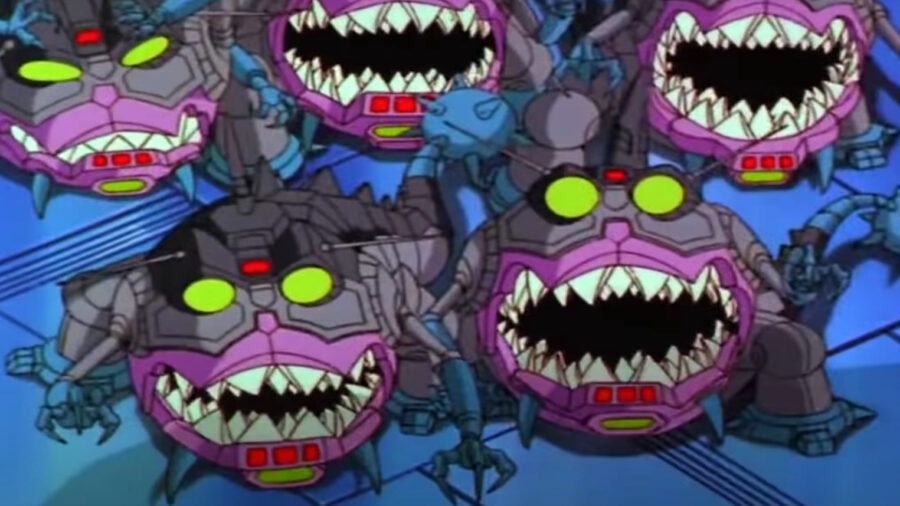
Later in this Transformers movie, the Kick Axe song “Hunger” plays after the two-faced…er, five-faced Quintessons drop Kup and Hot Road into a pool filled with ravenous Sharkticons. The song is quite appropriate for the hungry villains, but it’s also perfect for Grimlock and the Dinobots who arrive to save the day in this very scene. Just don’t feed the hungry Dinobot leader any beryllium baloney…he prefers to munch metal.
Even More Noteworthy Needle Drops
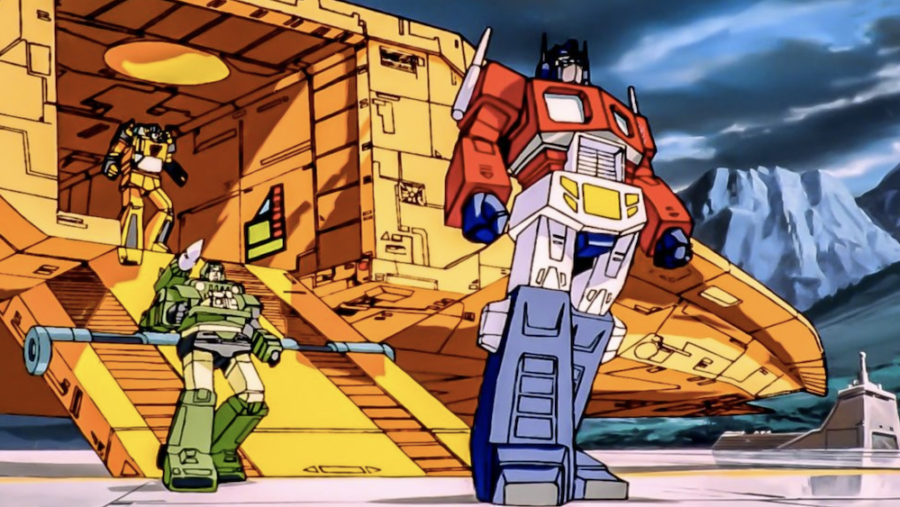
Transformers: The Animated Movie has one killer needle drop after another, including “Dare To Be Stupid” by Weird Al, serving as both anthem and mission statement for the pop-culture junkies known as the Junkions (the singer even voices their leader). Meanwhile, NRG’s “Instruments of Destruction” announces the Decepticon attack on an Autobot ship, which is grimly perfect as we watch the villains blow away one hero after another. Each needle drop is perfect for taking great scenes to the next level, and this movie showcases how modern Hollywood needle drops are just plain bad.
Modern Hollywood Needle Drops Don’t Make Much Sense

As an example, look at how Captain Marvel uses the Nirvana song “Come As You Are” when the main character has a conversation in her head with The Supreme Intelligence. Unlike in Transformers: The Animated Movie, the song doesn’t coordinate with any specific action in the scene…the Supreme Intelligence just plays it on vinyl while Captain Marvel slowly walks forward. It’s mostly there because its lyrics kinda sorta match the plot, but you have to turn your brain off before you remember that our title hero disappeared from Earth in 1989 and would have no subconscious memory of this 1992 song.
Another example of an awful needle drop can be found in Army of the Dead, the zombie film Zack Snyder dropped on us before he decided to direct the two “we have Star Wars at home” Rebel Moon films. At the very end of Army of the Dead, “Zombie” by The Cranberries plays, but it doesn’t tie to any onscreen action.
It’s just used as a somber-sounding song with the word “zombie’ in it as we see what Omari Hardwick’s character is doing at the end of the film. The use of this song is that much more egregious when you consider that it was written as a song protesting war and otherwise has nothing to do with the walking dead.
Hollywood: Take Note
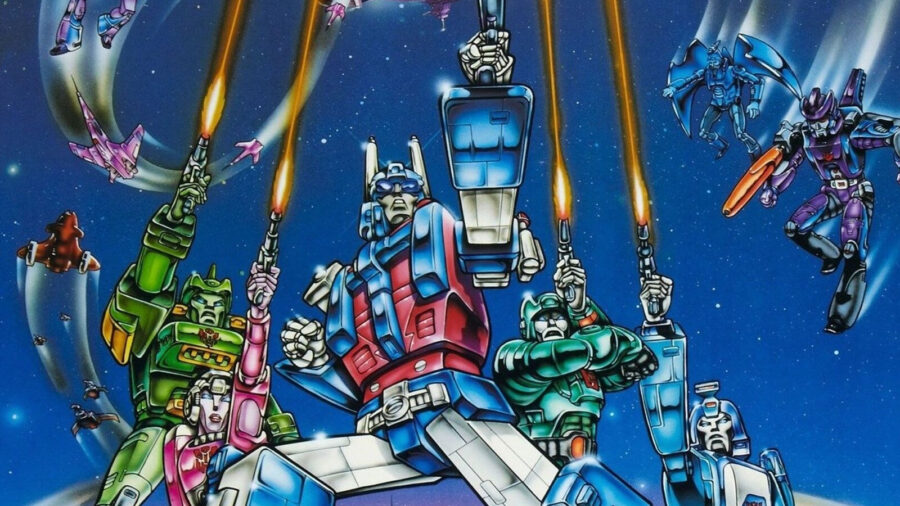
As you can see, it’s not just my inner fanboy talking when I say The Transformers: The Animated Movie might be the only movie to get Hollywood needle drops right. The songs are thematic, tie to the action, and combine with top-notch animation to create one memorable scene after another. I may sound as cranky as Kup, but I’ll take this masterful use of music over the modern Hollywood approach, where directors seemingly don’t even have the editing skills of the average AMV creator on YouTube.












